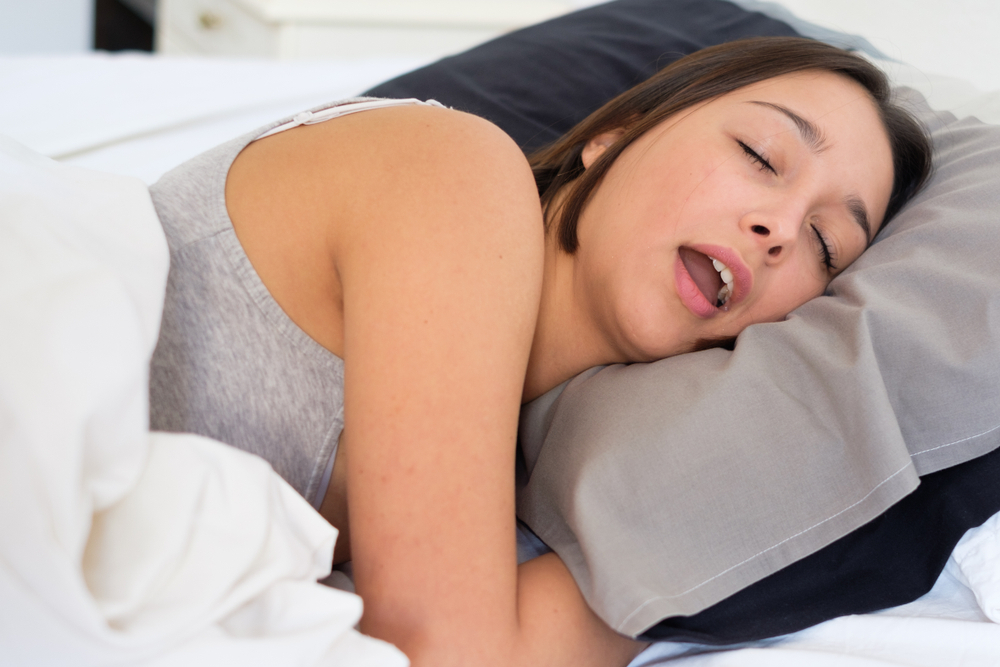We have prepared the answers to the frequently asked questions about sleep apnea which has been seen frequently in recent years.
What is Sleep Apnea?
Sleep apnea is the involuntary cessation of breathing, which lasts for at least 10 seconds or more and is accompanied by a decrease in the oxygen level in the blood, due to varying degrees of obstruction during the “breathing” period of the upper respiratory tract during sleep.
If you have these complaints, be sure to consult your doctor!
- If you have constant sleepiness during the day even though you do not have a diabetes problem,
- If you snore loud enough to wake your relatives/partner,
- If your sleep is interrupted by waking up frequently,
- If you have frequent headaches, jaw clenching, muscle and joint pain,
- If you start to have a tendency to become irritable, arguing out of nowhere,
- If you are eating more than usual,
- If you are more prone to depression,
- If your work performance and productivity have started to decrease, do not waste time to consult a doctor.
Did you know that people with sleep apnea have distinctive physical characteristics?
People with sleep apnea have distinctive physical features. Overweight, short, thick and wide necked, middle-aged, cigarette and alcohol users are people with a chin behind.
The scariest sound of the night: Snoring…
First of all, it is a social problem. Family members are constantly disturbed during sleep. They complain of sleepiness and low occupational performance during the day. The constriction of the airway cavity structures during sleep increases the airflow velocity.
Air passing through a narrow space creates noise by vibrating soft tissues. Snoring is 2 times more common in men than women. 3% of people over the age of 40 suffer from sleep disorders. Only 10% of snoring patients have sleep apnea.
How is it diagnosed?
First of all, a good patient history should be taken. Conditions such as the duration of snoring, night waking attacks, daytime sleepiness, and nasal congestion should be examined. Complete blood count and thyroid hormone levels should be checked. Sleep tests (polysomnography) are very important in the differential diagnosis of simple snoring and sleep apnea. In the sleep test, many parameters such as night sleep duration, snoring level and position, number and duration of breathing stops, blood oxygen level, heart rate and change, movements of abdominal and chest muscles and brain waves are recorded. According to the results of the sleep test, it is decided which treatment will be effective.
How are snoring and sleep apnea treated?
In sleep apnea patients, the oxygen level in the blood drops during cessation of breathing. Hypertension, heart diseases and lung diseases may occur due to these falls. High-grade sleep apnea patients are more likely to die from heart attack and sudden cardiac arrest. Therefore, treatment should be done as soon as possible. Repetitive decreases in the amount of oxygen in the blood suppress the immune system and increase the susceptibility to infections.
Sleep apnea is a disease that needs to be treated as a team. The team should include an otolaryngologist, head and neck surgeon, dentist and maxillofacial surgeon, chest diseases, neurology, psychiatrist and dietitian.
Treatment options include both surgical and non-surgical treatments. Surgical treatments include removing the tonsils and adenoids, reducing the uvula, suspending or stretching the soft palate, reducing the tongue and bringing it forward.
The most important non-surgical method is the application of continuous positive airway pressure. In this treatment, the person sleeps with a mask that covers the mouth and nose during sleep. A continuous positive pressure is created in the respiratory tract through this mask. A device called CPAP provides this pressure through the mask. In this way, collapse and closure of the respiratory tract is prevented.
Behavioral treatments include reducing body weight by losing weight, limiting the use of smoking, alcohol and sleep-inducing drugs, and optimizing the sleeping environment and sleeping position. The use of intraoral appliances has become very popular recently. Many appliances can be used to bring the tongue and lower jaw forward and to widen the airway.

